This trip evolved around the Crooked Trails description of Choquequirao---pronounced Cho--kee-coral---as the Cradle of the Inca Gods, a recently discovered Inca ruins that when totally unearthed will be larger than Machu Picchu. It is also located in the area described as the Sacred Valley.
Here is a view from high above the discovered ruins and the physical challenge of getting there was quite an accomplishment.
My travel partners in this adventure are, Steven Smith--an American who is living in Peru with his wife and two young boys--surfers at that, Gary and Heidi Holliday--friends of ours from Loreto, Mexico who enjoy our many hikes in the arroyos of the Baja, decided to follow one of my adventures rather than read about it, Malu Alvarez--a New York City photographer for New York Times, the New Yorker, Travel + Leisure among others with roots in both Texas and Mexico, and Alexis Bonoff--our Crooked Trails guide who has lived and traveled throughout the world and loves her times in Peru.
Our local Quechua guide, Juan Carlos, kept our spirits up all along the way. He also gave us quite an insight into how he and his family have lived off the land while respecting the Panchamama culture--a life in balance with nature. He and Alexis gave us quite a lot of Inca history as we made our way up and through the Choquequirao ruins.
He was helped by his brothers: Raoul, a professional chef from the hotel at Machu Picchu who took some time off to join us and be with his family; Christian--Chris, who was on a break from his college studies in Tourism management and was a horseman and camp worker; and Wilbur, the older brother who was our main horsemen. The four horses carried our packs, including Malu's big tripod, our sleeping, dining, and cooking tents, food, and gifts for his Mom where we would be staying one night and having lunch on another.
We took a minivan driven by Alberto from Cusco to Cachora where we would stay the night at Tres Balcones hostel and begin our hike the following morning. It was a four-hour twisty ride along part of the Sacred Valley.
A double yellow line in Peru means that it is OK to pass other cars, but it is dangerous. Sometimes you did not want to look as Alberto passed some trucks around blind corners. Just like in the Baja, the edges of the highway drop off quickly so a mistake would roll the car----sometimes down a very steep cliff.
Our last half hour or so was in the dark down steep, twisty, gravel road rutted with occasional washouts and then we got to the darkened village and our hostal at about 9000 feet.
Upon our arrival, Raoul and Chris got busy in the kitchen for our late dinner before heading to bed. I tried out the shower while waiting. At first, I felt lucky since the instant heat shower was hot as I soaped up, but the circuit blew out, and I had to rinse off in the very cold mountain water which gave me a brain freeze--it was that cold.
The fried fish filet with tomatoes, rice, and potatoes dinner was delicious as we all ate quickly, warmed by a nearby fireplace and our down parkas. The temperature dropped down to the high 40s and this hostal had no other heat. Fortunately, our beds must have been covered by about 6 wool blankets. We slept comfortably under these blankets that felt like we were swaddled like babies.
In the morning, we were warmed by ample cups of hot coffee, tea, and chocolate along with a gourmet breakfast of quiche and oatmeal with slivers of apple before heading out with our day packs with goodies, cameras, and water. We left our other gear for the two horsemen to load onto a three-wheel truck that would meet us at the 11 KM marker which was the end of the road. We walked the 11km on a trail that ran through the village, farmland, and along a river, until we met up with the end of the road at 11km where Raoul would prepare our lunch while the horsemen--Wilbur and Chris--would load up the horses for the journey to our campsite at 19 km.
We are in front of Tres Balcones Hostal just beginning our trek. Standing from left to right: Alexis, Heidi, Gary, Malu, and kneeling from left to right me, Juan Carlos, and Steven.
As soon as we left Cachora, Juan Carlos stopped us to make an offering and wish Pachamama that our journey be safe and enjoyable. He is taking three cocoa leaves from the bag of cocoa leaves that Malu is holding. He then chants some Quecha words and then puts the three leaves on the soil and we begin our trek. He continually referred to us as "mi familia", and sincerely meant it.
The view from this lunch spot was spectacular. We first the Apurimac river valley which is twice as deep as the Grand Canyon where we would descend and then ascend on our way to Choquequirao. Juan Carlos pointed out where Choquequirao was on one of the mountain tops in the distance, but we could not see any ruins from there.
Again Raoul showed us his culinary skills by preparing a beef dish smothered in onions, other vegetables, rice, and potatoes after we had a bowl of delicious quinoa soup.
After lunch, we began our descent to our first campsite at 19 km. It was all downhill with big switchbacks on fairly open, and arid vegetation with occasional cactus and yucca plants. Near our campsite, about 2100 feet below our lunch spot, the hillside leveled off and we walked through some bushes and trees that were nourished by the water captured in the leveling ground and that is where we came to our camp.
The camp had a coral area for the mules and horses, a tienda, and four laundry sink tubs lined up against the flush toilets---where does this waste go? --and shower---brain-freeze cold. There were both cooking areas and dining areas made up of wood and bamboo. They set up our three tents along with one of the five grass terraces along with our dining tent since the other dining areas were filled with other trekkers.
We needed to wake up at 4:30am to avoid the hot sun on our 4,500-foot hike up from the Apurimac River. Raoul again provided us with quiche and hot quinoa cereal along with coffee or tea. We hiked a bit as daylight was breaking on our descent to the bottom of the Apurimac valley There were so many switchbacks down this arid slope only broken up near the bottom when we passed through this spooky forest of bare trees that were festooned with bromeliad plants that looked like large spiders ready to pounce on us.
Gary emerged as the fastest hiker followed by me and Alexis and others came down shortly after we had crossed the bridge. You could see where the old bridge used to be before it was washed away during a big storm several years ago along with the cable for the trolley that was used to transport people across the river while the new bridge was under construction. There was a plaque honoring the three men who died during the construction.
The trail up from the bridge was well maintained and climbed at a fairly steady angle, but the number of switchbacks we climbed through was incredible---it just never seemed to end. There was nothing like this assent on the Pacific Crest Trail unless you doubled or tripled the hike out of Milk Creek in Washington state.
A view of the trail as we descended to the Apurimac River. Notice all of the switchbacks across the valley.
Whenever Juan Carlos would hike with us, and we would pass the local villagers, he would greet them and spend some time talking with them. It turned out that most were either his relatives or close friends. I stopped at a small tienda on the way up and bought a cup of chicha---slightly fermented corn juice---from a woman that turned out to be his aunt. I had given Juan Carlos an article about the Choquequirao trek which featured a woman who was drying out corn on a blue tarp and it turned out it was her. She was delighted to get the article with her in it.
Around noon we all finally got to Mama Panchita's and met Juan Carlos's Mom along with some other relatives. The horsemen got there about the same time so the family had a reunion as they unloaded the horses for the day and Raoul got busy preparing lunch for us.
Both Alexis and Malu began doing a series of complicated yoga poses while the rest of us just did the yoga corpse pose. Chris tried to do a handstand while Malu was doing a yoga handstand that lasted for what seemed to be about 10 minutes. Chickens pecked around all of us while we rested both before and after lunch.
Juan Carlos and Rebecca and her one-year-old girl gave us a tour of his parent's farm. We saw two buildings that housed guinea pigs---cuy--and chickens and the one that was smoking had a new batch of chicha brewing. He pointed out that when the farmers had chicha available for sale they would put a colorful plastic bag on top of a long pole----a chicha for sale sign.
The great meals just kept coming as we prepared for a colder night while looking forward to tomorrow's short 3 km hike to the Choquequirao ruins where we would spend the day and camp over up there as well.
It was a beautiful morning with whisps of clouds passing below us in the Apurimac valley.
After a frittata breakfast along with some fruit and hot quinoa cereal, we quickly began hiking to the ruins and were greeted by a ranger who had us fill out the register. I looked over the entries of hikers who had stopped by this year and saw that there was only one other person who was in their 70s like me. Juan Carlos said that I was the oldest trekker he had ever guided. Nice compliment and personal achievement. Heidi said that she was the oldest woman hiker in the register---I didn't ask her age though.
The hilltop in the distance is around the gathering area of the ruins which is about 300 meters in diameter. The terraced areas below are the agricultural terraces used to grow a variety of foods in the microclimates there.
Another spelling of Choquequirao--Choquequirau--Choq'ekiraw---transliteration attempts on the Quechua pronunciation. Alexis is agreeing with this as she rests behind me.
This is one of the first terraced walls we came to. Juan Carlos indicated that they designed these terraces to allow water to irrigate the crops yet when floods came the water flowed down through the topsoil to gravel and then to larger rocks near the bottom of each terrace and then down to the next. The flooding never damaged the terraces because they had designed the water flow so well.
We are in the large level area and the structures in the back were for the chieftain, his family, and close advisors.
We are at about the highest area that has been excavated and you can see the serpentine watercourse running down to the main plaza.
Gary and Heidi are standing in front of the other structures just below the round meeting mountain top.
Gary, Juan Carlos, and I took the never-ending stair challenge rather than the trail we came down.
After our tiring climb up these endless steps, we headed up to the round table top where we had this view of the chieftains structures, the open market area and the structures above before heading down to our campsite in the Choquequirao ruins area.
Juan Carlos showed us some of the ruins that had not been restored and currently, there are no archeological restoration projects here or planned. He commented that his father was one of those who worked on the restoration back in the '80s with the Peruvian archeologist that led the project. He remembered accompanying his father to this work site as well. He showed us some pottery shards he had secreted in one of the unrestored walls on our way down to the campsite and then put them back for the next visitors.
We reached camp just as the sun was beginning to set. This was the most used campsite we have been to and the grass was all mushed up with mud oozing through. It began to get cold as we freshened up for dinner. Another brain freeze shower awaited those brave enough to try.
Our dining tent was now divided between the cooking area and our dining room table which made for some cozy eating. The inside of the tent, was much warmer than outside as we finished off dinner and our one-liter carton of wine.
The following morning we headed down to Mama Panchita's where we would have a late lunch before continuing on to camp one that was on the other side of the valley. We would descend over 4,500 feet to the bridge and then climb up about 2,500 feet of switchbacks to our first camp.
Gary decided to continue on to camp one rather than hanging out for several hours at Juan Carlos' family place and then relax there waiting for us to join him.
We again had a good rest while waiting for the most elaborate meal of our trip. The lunch started with a soup followed by meat-wrapped vegetables, rice, and potatoes.
By taking this long break, Juan Carlos, his brothers, and his mother had a chance to have a rare family meal together. Only the father was missing because he was down in Cachora arranging to purchase some more horses.
We figured how hard could it be to hike down 4,500 feet and then up another 2,500 feet to our campsite. It turned out almost as hard as walking up. We thought we would never get to the bottom of the valley since there was so much downhill walking. I took advantage of a couple of chichas stops on the way back down.
We all kind of hiked our own hike down and occasionally joined up to walk or rather stumble down with each other.
We pulled into camp just as the sun was setting and settled our sleeping bags and stuff in our tents before heading down to dinner in the dark. Gary was tired from the hike but was glad to have rested in the afternoon waiting for us. However, at dinner, while waiting for dinner, he fell asleep at the table. We did likewise shortly after dinner and climbed into our tents and sleeping bags.
On our last morning we eagerly headed out knowing that at the end of our 19 km hike up another 2,100 feet, we would be heading back to Cusco for hot showers, soft beds, laundry for our very dirty clothes, and dinner.
Here is our afternoon hike back up to the mirador at the12 km marker as we traversed the many switchbacks.
We met up with our horsemen at 11 km where we had our first lunch and where a truck would haul our backpack and other supplies back to the Tres Balcones where we would have our final lunch.
We ended our trip by giving Juan Carlos and his three brothers our favorite chant that Malu taught us:
a la bio-- a la bau--- a la bim- bom- bam-- Los hermanos, Los hermanos ra ra ra!
The fried fish filet with tomatoes, rice, and potatoes dinner was delicious as we all ate quickly, warmed by a nearby fireplace and our down parkas. The temperature dropped down to the high 40s and this hostal had no other heat. Fortunately, our beds must have been covered by about 6 wool blankets. We slept comfortably under these blankets that felt like we were swaddled like babies.
At daybreak, I got my first view of the Salkantay and Hunantay snowcapped mountain ranges that provided a backdrop to our Choquequirao trek.
We are in front of Tres Balcones Hostal just beginning our trek. Standing from left to right: Alexis, Heidi, Gary, Malu, and kneeling from left to right me, Juan Carlos, and Steven.
As soon as we left Cachora, Juan Carlos stopped us to make an offering and wish Pachamama that our journey be safe and enjoyable. He is taking three cocoa leaves from the bag of cocoa leaves that Malu is holding. He then chants some Quecha words and then puts the three leaves on the soil and we begin our trek. He continually referred to us as "mi familia", and sincerely meant it.
The view from this lunch spot was spectacular. We first the Apurimac river valley which is twice as deep as the Grand Canyon where we would descend and then ascend on our way to Choquequirao. Juan Carlos pointed out where Choquequirao was on one of the mountain tops in the distance, but we could not see any ruins from there.
Again Raoul showed us his culinary skills by preparing a beef dish smothered in onions, other vegetables, rice, and potatoes after we had a bowl of delicious quinoa soup.
After lunch, we began our descent to our first campsite at 19 km. It was all downhill with big switchbacks on fairly open, and arid vegetation with occasional cactus and yucca plants. Near our campsite, about 2100 feet below our lunch spot, the hillside leveled off and we walked through some bushes and trees that were nourished by the water captured in the leveling ground and that is where we came to our camp.
The camp had a coral area for the mules and horses, a tienda, and four laundry sink tubs lined up against the flush toilets---where does this waste go? --and shower---brain-freeze cold. There were both cooking areas and dining areas made up of wood and bamboo. They set up our three tents along with one of the five grass terraces along with our dining tent since the other dining areas were filled with other trekkers.
For dinner, we had a chicken dish with vegetables mixed in with noodles along with the usual soup at the start of the meal. Again very tasty and nutritious for our journey ahead the following day where we descended another 2,500 feet to the new bridge that crosses the Apurimac River and then we climbed about 4,500 feet to our second campsite at Juan Carlos' home called Mama Panchitas that was just about 3 km from the Coquequirao ruins.
Gary emerged as the fastest hiker followed by me and Alexis and others came down shortly after we had crossed the bridge. You could see where the old bridge used to be before it was washed away during a big storm several years ago along with the cable for the trolley that was used to transport people across the river while the new bridge was under construction. There was a plaque honoring the three men who died during the construction.
A view of the trail as we descended to the Apurimac River. Notice all of the switchbacks across the valley.
Whenever Juan Carlos would hike with us, and we would pass the local villagers, he would greet them and spend some time talking with them. It turned out that most were either his relatives or close friends. I stopped at a small tienda on the way up and bought a cup of chicha---slightly fermented corn juice---from a woman that turned out to be his aunt. I had given Juan Carlos an article about the Choquequirao trek which featured a woman who was drying out corn on a blue tarp and it turned out it was her. She was delighted to get the article with her in it.
Raoul preparing our lunch
.
Both Alexis and Malu began doing a series of complicated yoga poses while the rest of us just did the yoga corpse pose. Chris tried to do a handstand while Malu was doing a yoga handstand that lasted for what seemed to be about 10 minutes. Chickens pecked around all of us while we rested both before and after lunch.
Juan Carlos and Rebecca and her one-year-old girl gave us a tour of his parent's farm. We saw two buildings that housed guinea pigs---cuy--and chickens and the one that was smoking had a new batch of chicha brewing. He pointed out that when the farmers had chicha available for sale they would put a colorful plastic bag on top of a long pole----a chicha for sale sign.
As we climbed over a fence to the garden below, we saw lots of different herbs growing like oregano, cilantro, parsley, and vegetables along with some alfalfa for the animals---pigs and cows too. We pulled up some carrots for our dinner along with some chard, and then returned to our grassy tent area with a spectacular view of the entire area including the village across the valley where the proposed tramway from the village to this farm would have gone in. For now, that plan has been scrapped.
The great meals just kept coming as we prepared for a colder night while looking forward to tomorrow's short 3 km hike to the Choquequirao ruins where we would spend the day and camp over up there as well.
It was a beautiful morning with whisps of clouds passing below us in the Apurimac valley.
The hilltop in the distance is around the gathering area of the ruins which is about 300 meters in diameter. The terraced areas below are the agricultural terraces used to grow a variety of foods in the microclimates there.
This is one of the first terraced walls we came to. Juan Carlos indicated that they designed these terraces to allow water to irrigate the crops yet when floods came the water flowed down through the topsoil to gravel and then to larger rocks near the bottom of each terrace and then down to the next. The flooding never damaged the terraces because they had designed the water flow so well.
We are in the large level area and the structures in the back were for the chieftain, his family, and close advisors.
We are at about the highest area that has been excavated and you can see the serpentine watercourse running down to the main plaza.
Gary and Juan Carlos are re-enacting a battle between invading tribes (Gary) and the Quechua (Juan Carlos).
Gary and Heidi are standing in front of the other structures just below the round meeting mountain top.
Again, Raoul brought up a hot meal of stir-fried vegetables and chicken, with a salad along with a fruit drink so we were able to picnic in style among the Choquequirao ruins---in the chieftains area no less.
After lunch, we then headed to the Ascensio de Llamas. It was a bit of a hike down to it where we first rested right by the white serpent design and a few llama designs marked by the white rocks in the rock works.
A jagged white serpent.
Here are some of the 24 llamas found on these terraces.
See if you can find all 24 llamas on these terraces. We are at a lookout area about 1/4 mile from these terraces.
Juan Carlos is below me on the stairs back up to the major ruins.
After our tiring climb up these endless steps, we headed up to the round table top where we had this view of the chieftains structures, the open market area and the structures above before heading down to our campsite in the Choquequirao ruins area.
Juan Carlos showed us some of the ruins that had not been restored and currently, there are no archeological restoration projects here or planned. He commented that his father was one of those who worked on the restoration back in the '80s with the Peruvian archeologist that led the project. He remembered accompanying his father to this work site as well. He showed us some pottery shards he had secreted in one of the unrestored walls on our way down to the campsite and then put them back for the next visitors.
We reached camp just as the sun was beginning to set. This was the most used campsite we have been to and the grass was all mushed up with mud oozing through. It began to get cold as we freshened up for dinner. Another brain freeze shower awaited those brave enough to try.
Our dining tent was now divided between the cooking area and our dining room table which made for some cozy eating. The inside of the tent, was much warmer than outside as we finished off dinner and our one-liter carton of wine.
The following morning we headed down to Mama Panchita's where we would have a late lunch before continuing on to camp one that was on the other side of the valley. We would descend over 4,500 feet to the bridge and then climb up about 2,500 feet of switchbacks to our first camp.
Gary decided to continue on to camp one rather than hanging out for several hours at Juan Carlos' family place and then relax there waiting for us to join him.
We again had a good rest while waiting for the most elaborate meal of our trip. The lunch started with a soup followed by meat-wrapped vegetables, rice, and potatoes.
Frittata with olives, mushrooms, and other vegetables.
Tomatoes, cheese, and fresh basil leaves.
Complete plate with meat-wrapped vegetables, rice, frittata and cheese, tomato, and basil.
Such a bountiful feast--hope Gary enjoyed his power bars and Crystal Light.
By taking this long break, Juan Carlos, his brothers, and his mother had a chance to have a rare family meal together. Only the father was missing because he was down in Cachora arranging to purchase some more horses.
We figured how hard could it be to hike down 4,500 feet and then up another 2,500 feet to our campsite. It turned out almost as hard as walking up. We thought we would never get to the bottom of the valley since there was so much downhill walking. I took advantage of a couple of chichas stops on the way back down.
We all kind of hiked our own hike down and occasionally joined up to walk or rather stumble down with each other.
We pulled into camp just as the sun was setting and settled our sleeping bags and stuff in our tents before heading down to dinner in the dark. Gary was tired from the hike but was glad to have rested in the afternoon waiting for us. However, at dinner, while waiting for dinner, he fell asleep at the table. We did likewise shortly after dinner and climbed into our tents and sleeping bags.
On our last morning we eagerly headed out knowing that at the end of our 19 km hike up another 2,100 feet, we would be heading back to Cusco for hot showers, soft beds, laundry for our very dirty clothes, and dinner.
Here is our afternoon hike back up to the mirador at the12 km marker as we traversed the many switchbacks.
Heidi climbed through the last of the spooky trees.
Alexis looking for that last switchback
Steve just getting into his hiking stride.
Gary is standing where we first began our journey to Choquequirao and Juan Carlos made the Quechua blessing for a safe and fun journey.
As we came into Cachora, it was alive with lots of market stalls. On this day, the government issues a 200 soles stipend to all of the Quechua residents. This gives them a reason to gather together for a bit of a celebration and a way to sell and exchange goods.
We ended our trip by giving Juan Carlos and his three brothers our favorite chant that Malu taught us:
a la bio-- a la bau--- a la bim- bom- bam-- Los hermanos, Los hermanos ra ra ra!
Subscribe to my YouTube Channel
I have recently uploaded all of my travel videos to YouTube now that they allow longer uploads. I have also added other shorter travel videos.
That link is https://www.youtube.com/c/huntforgold
If you do go there, please subscribe to my video channel since it will help me eventually get some income there and help with my future travels.

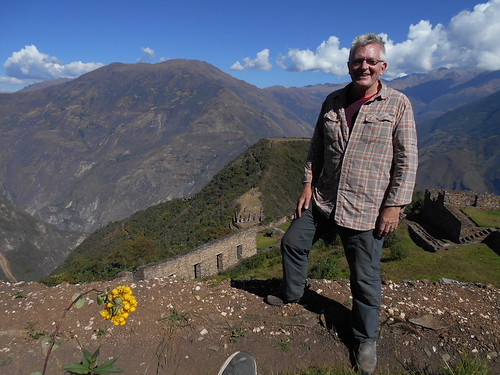
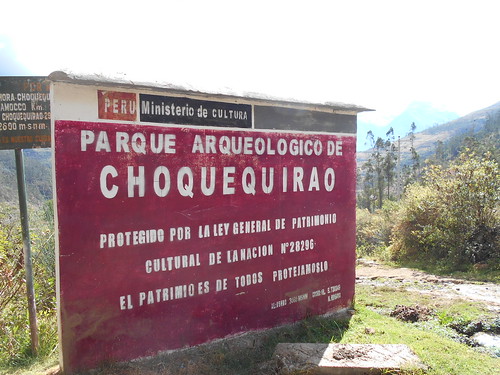
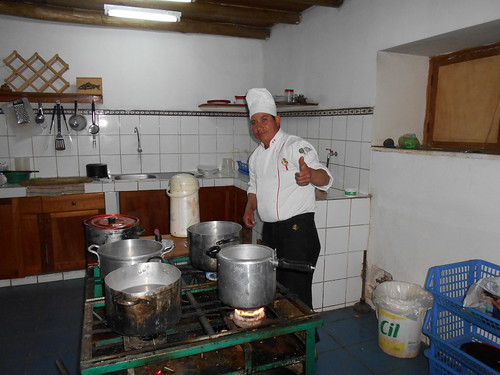
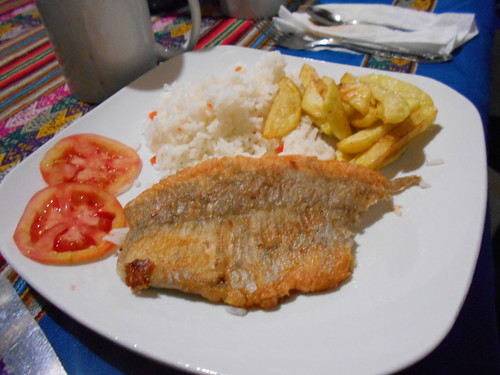
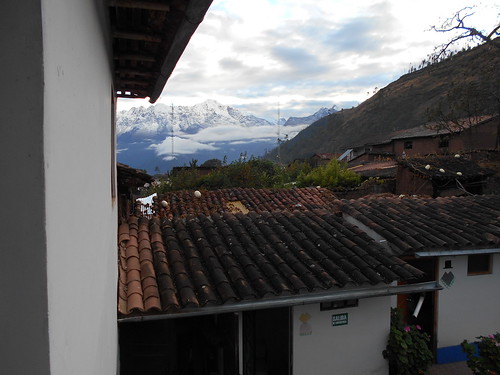
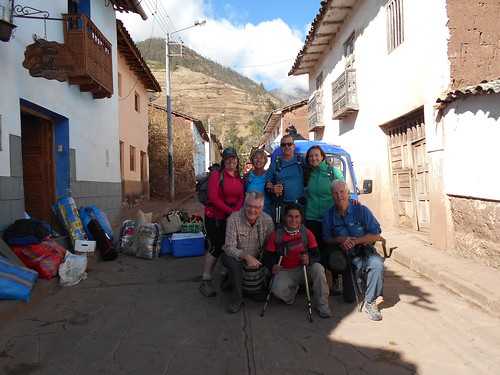
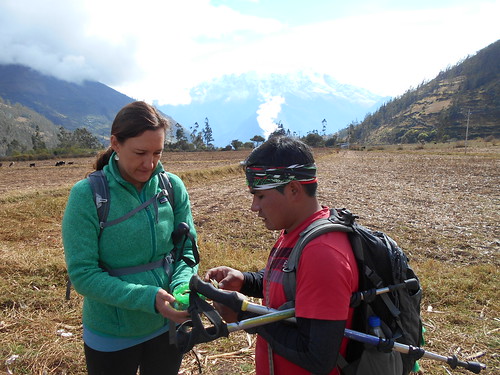
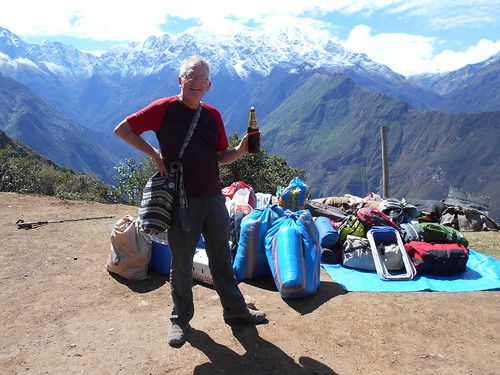
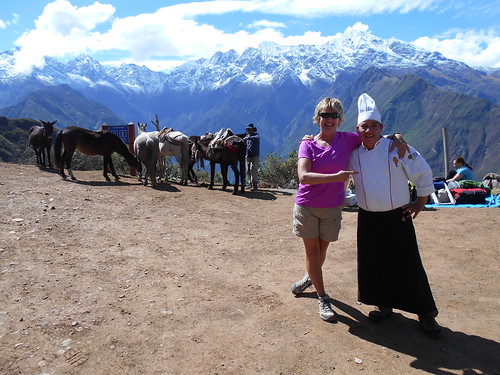
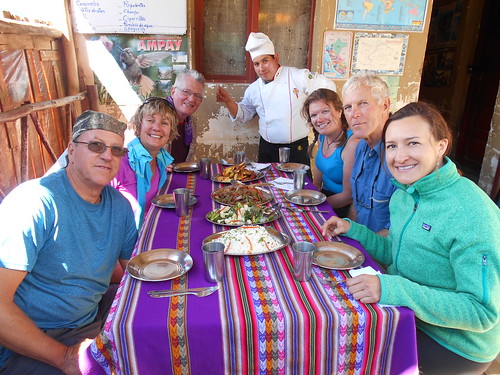
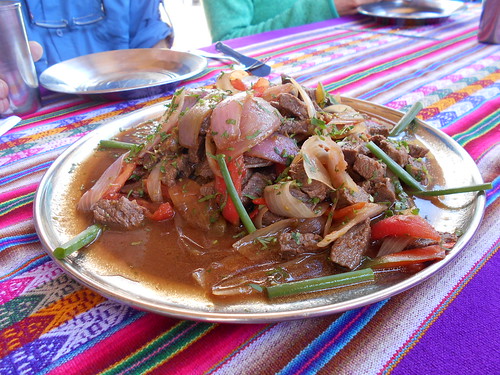
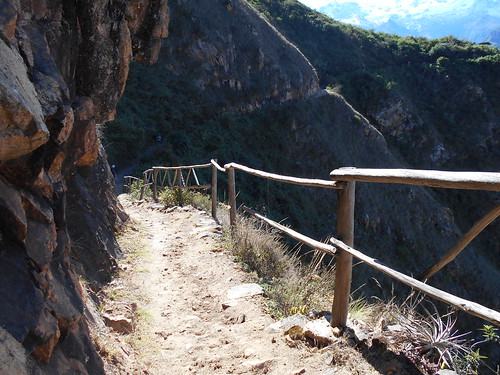
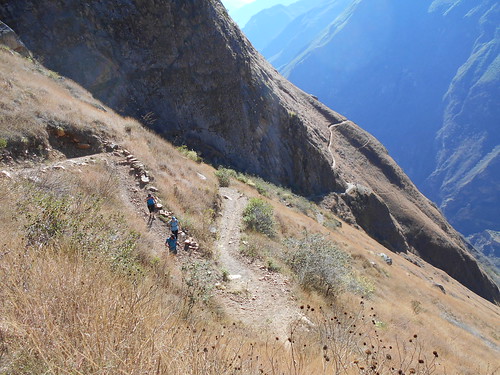

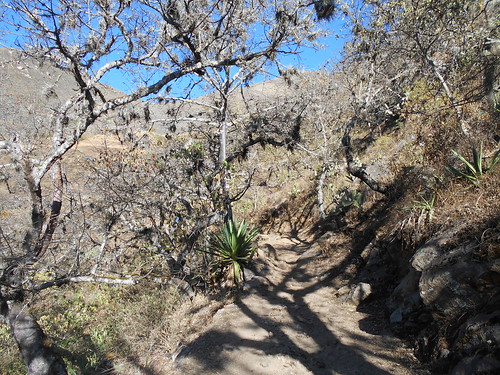

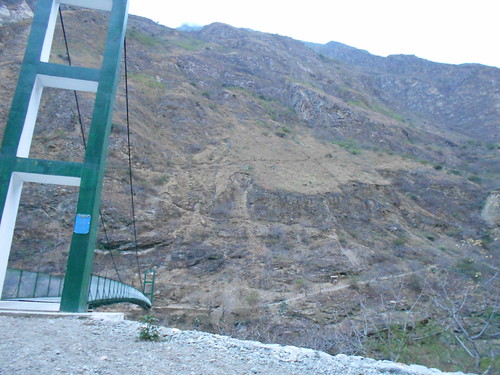
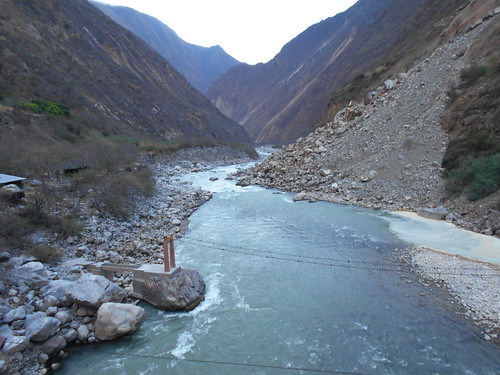
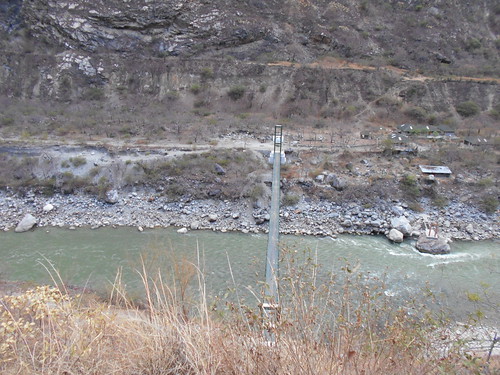
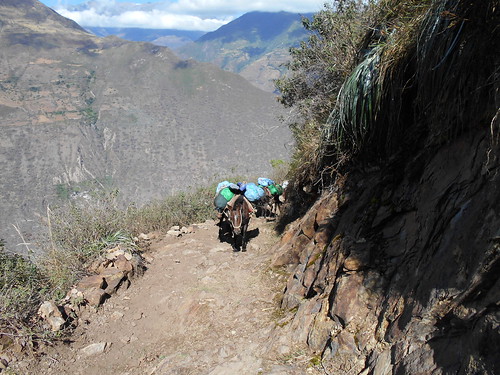
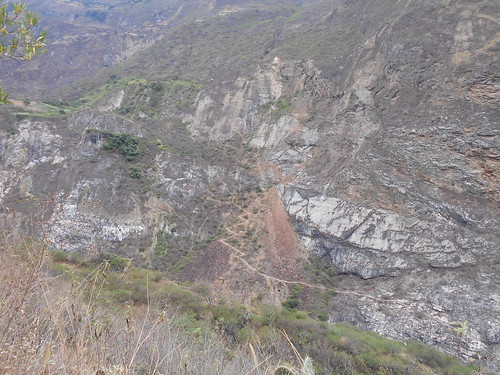
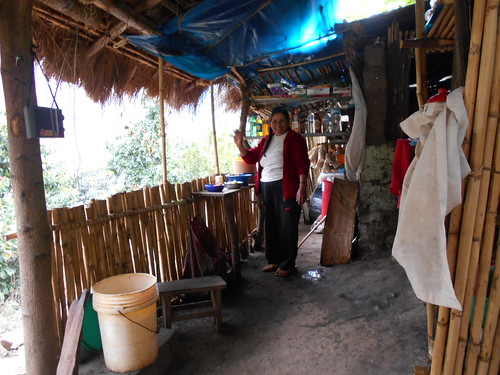
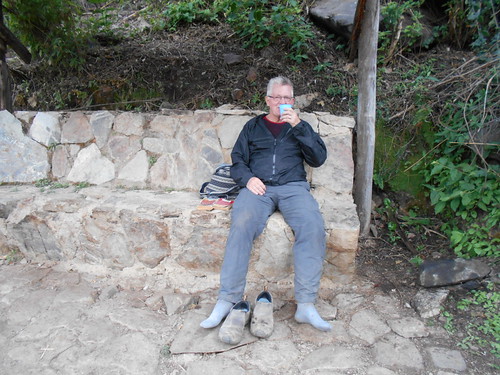
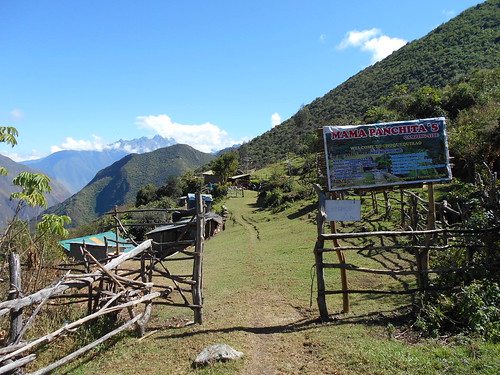
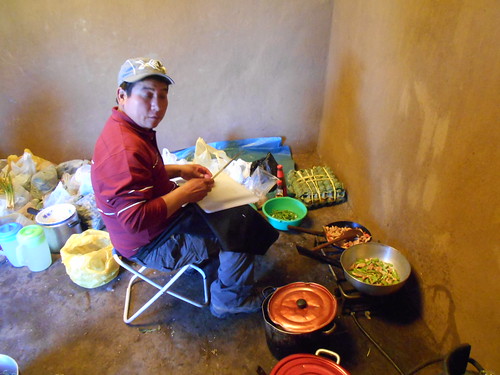
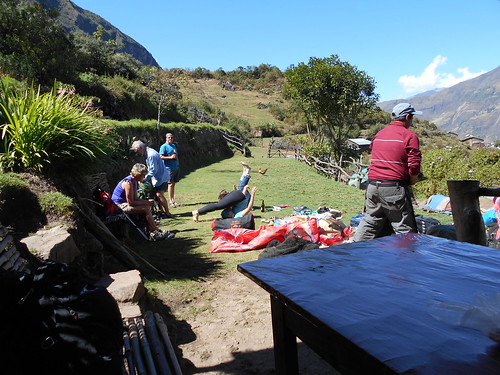
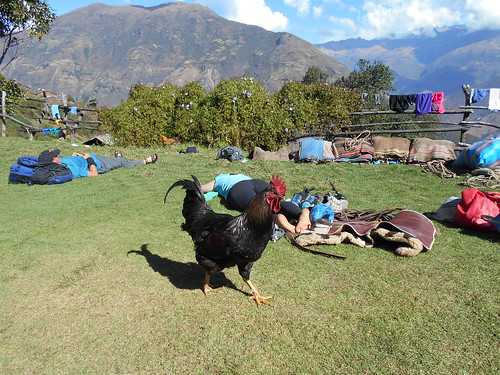
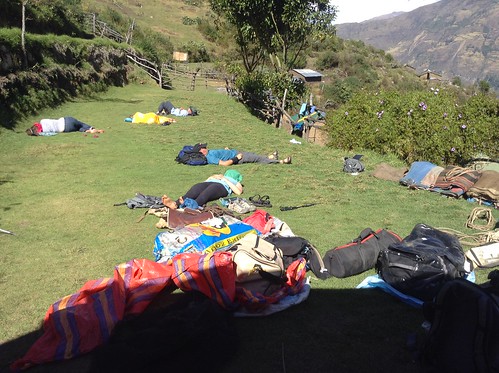
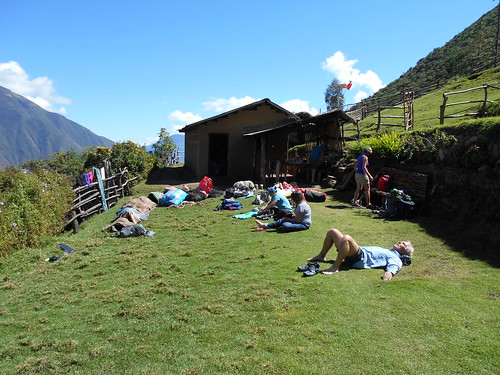
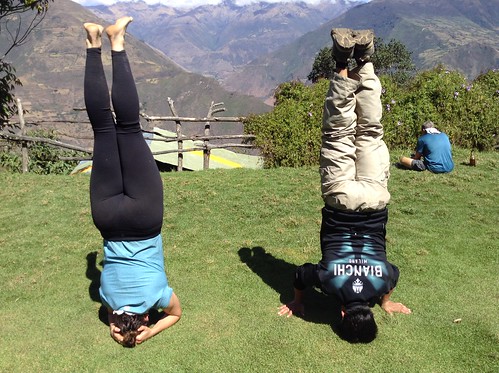
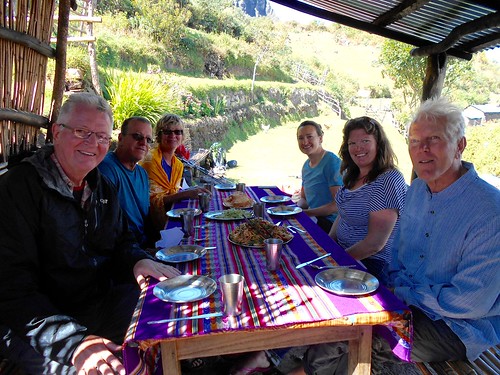
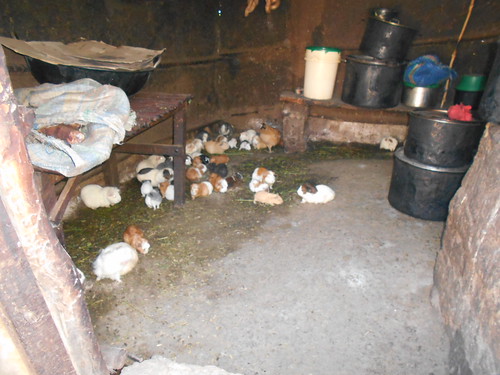
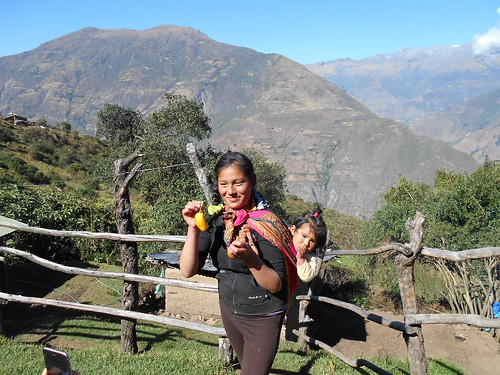
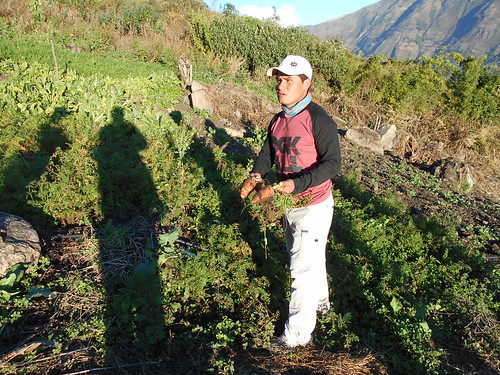
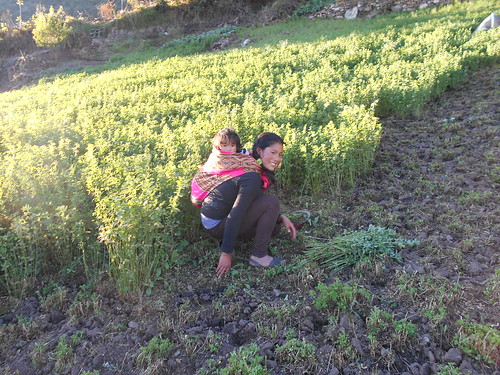
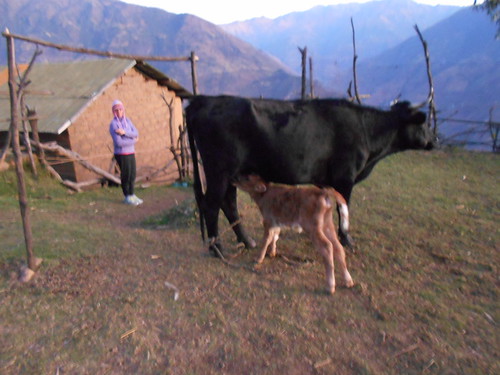

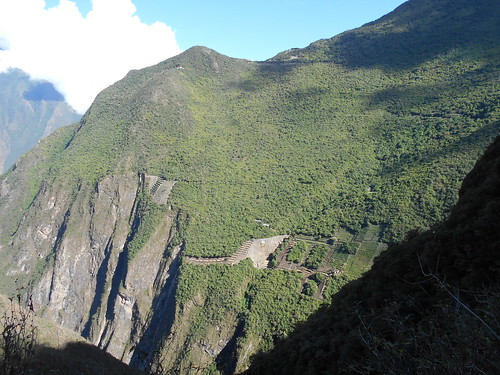
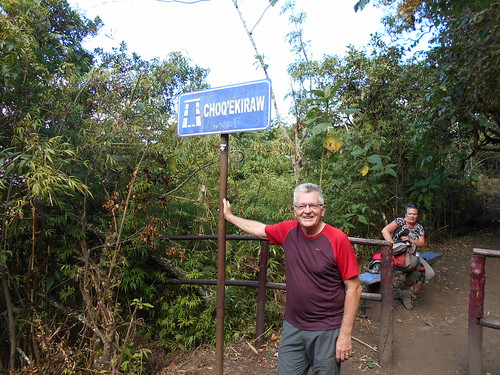
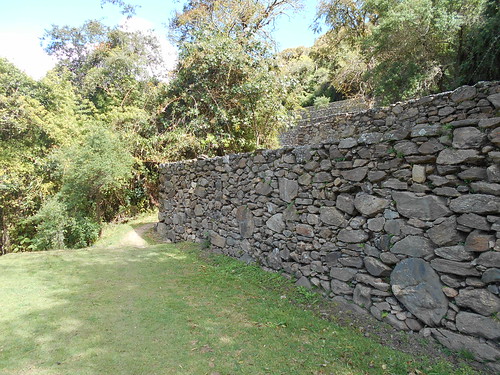
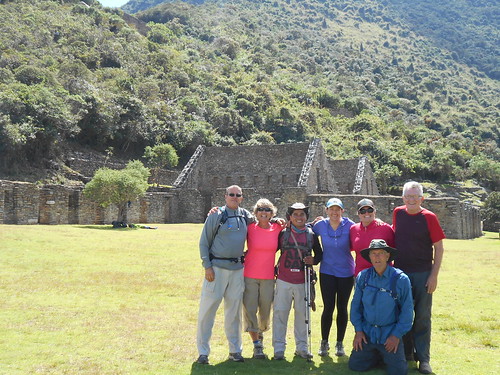
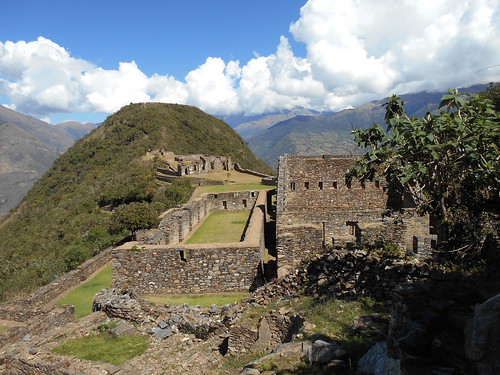
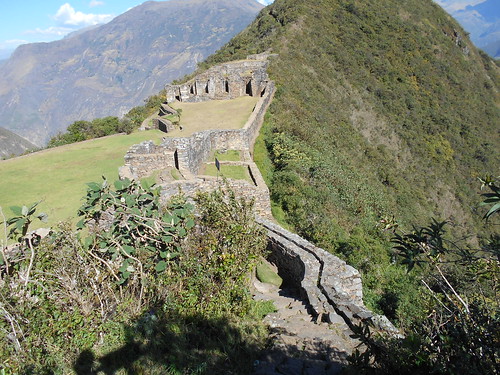
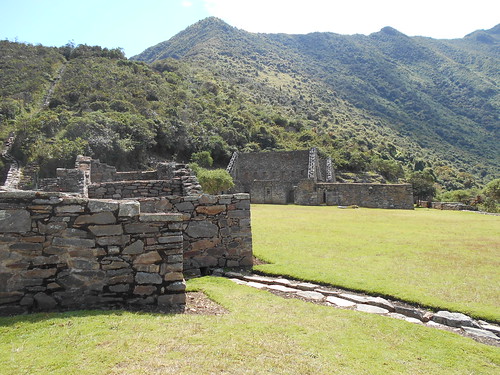
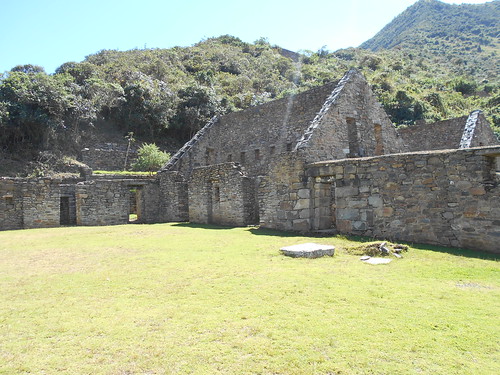
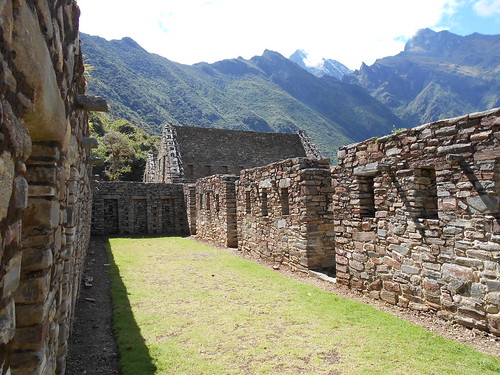
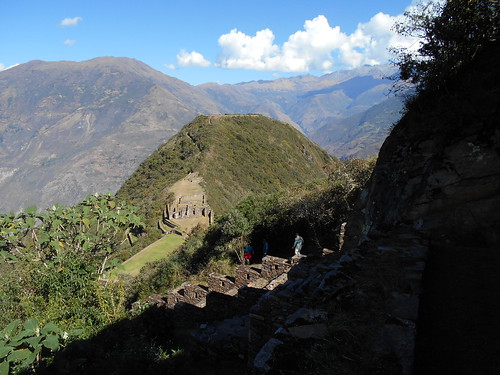
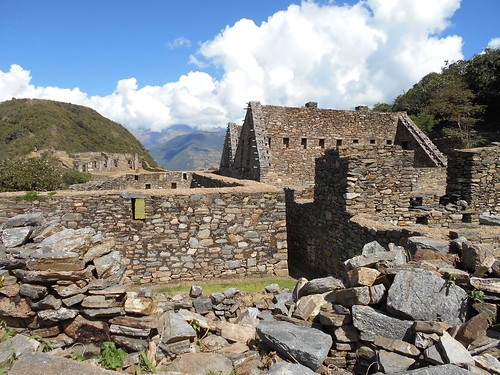
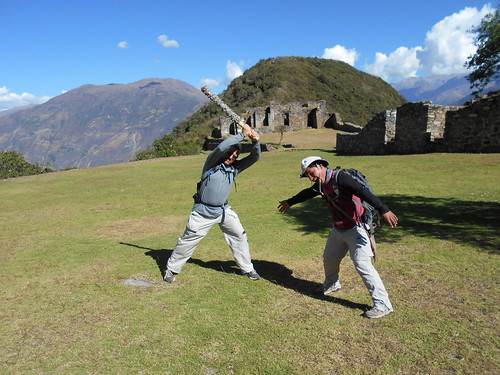
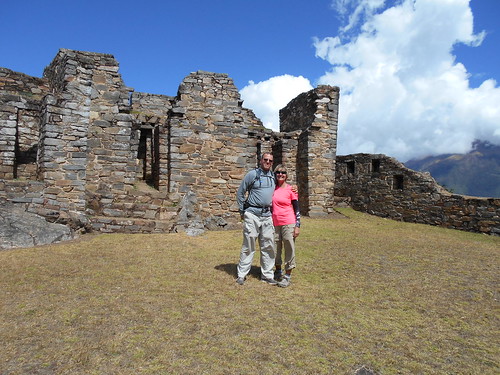
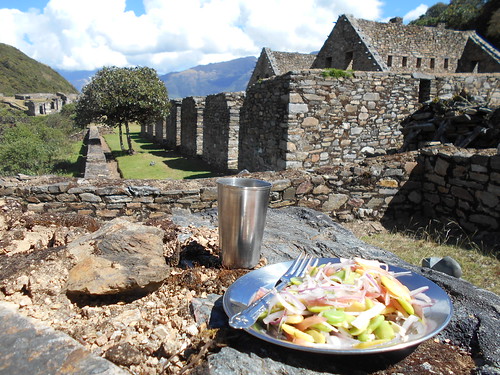
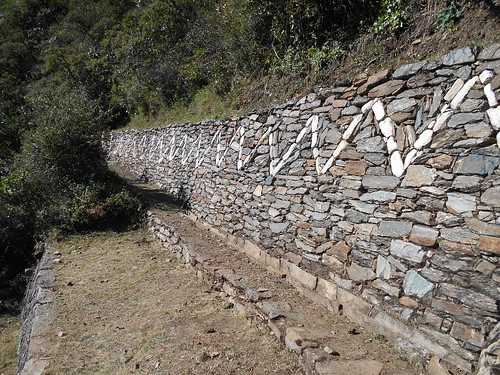
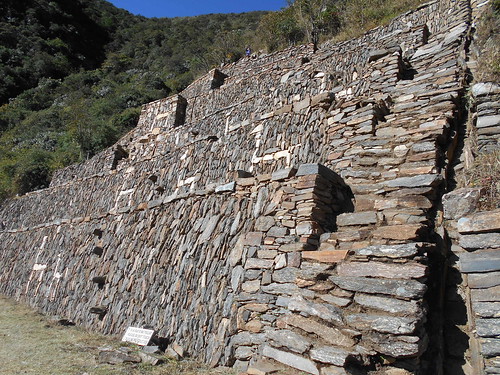

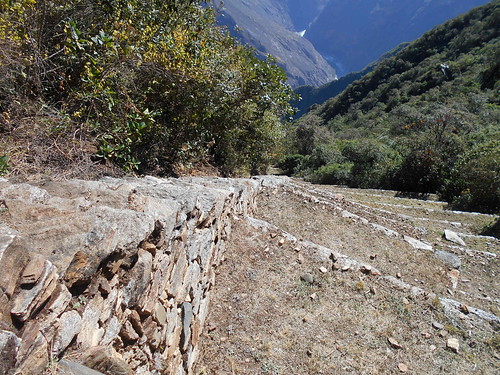
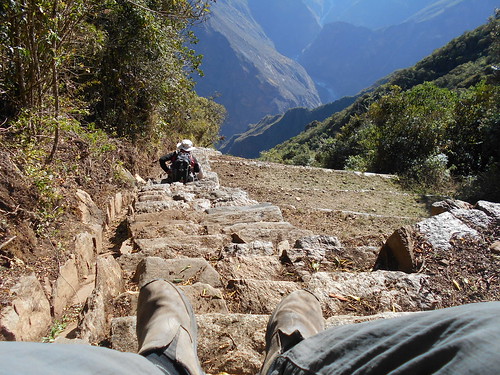
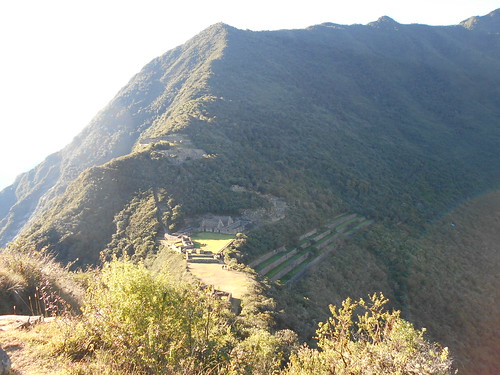
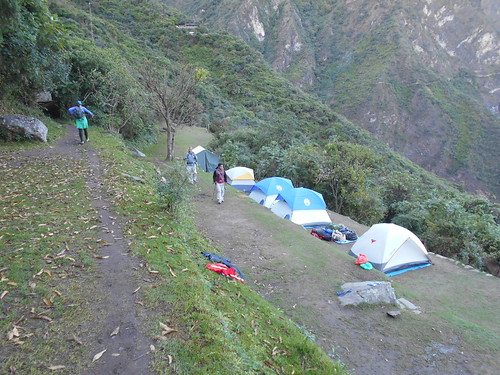
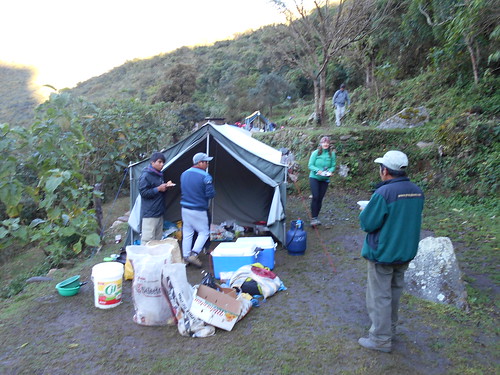
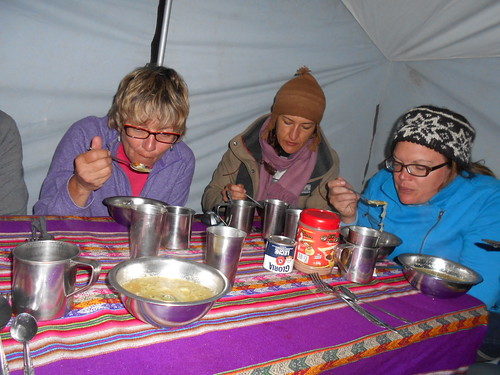
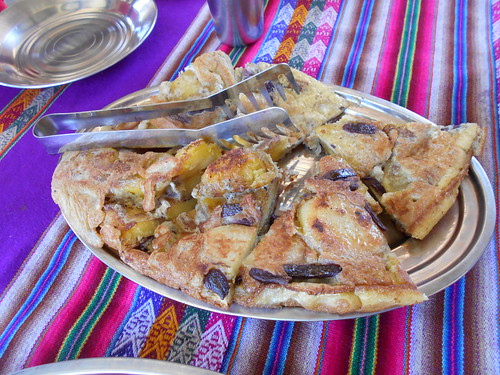
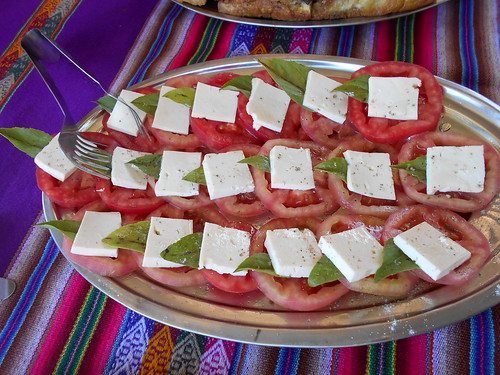

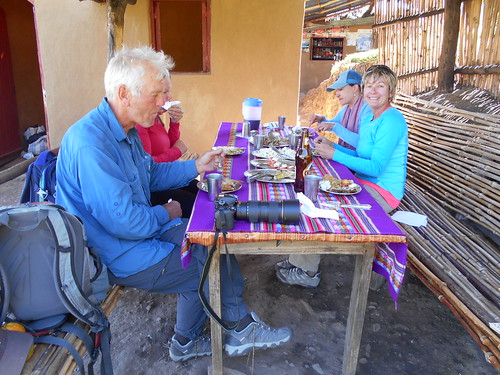
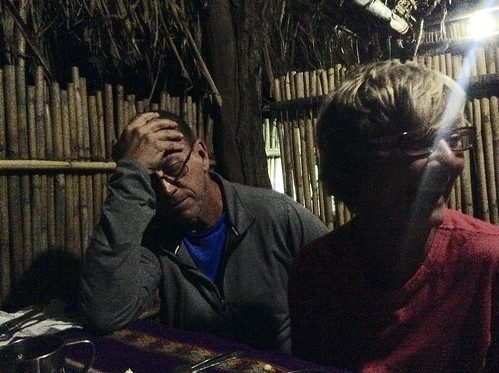
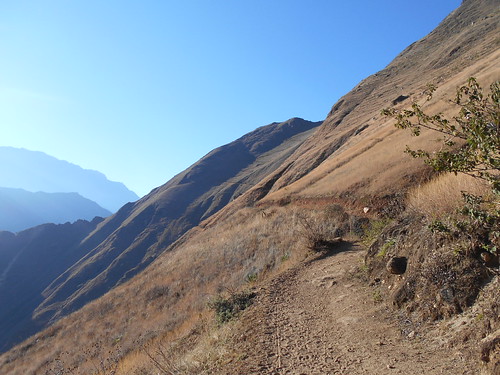
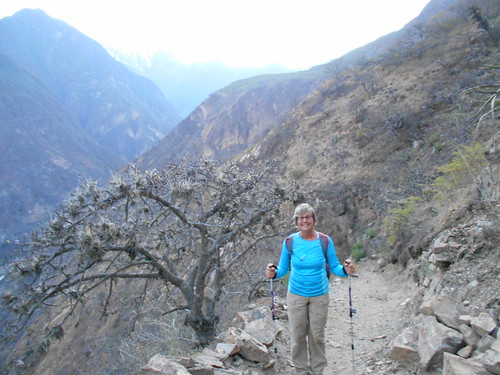
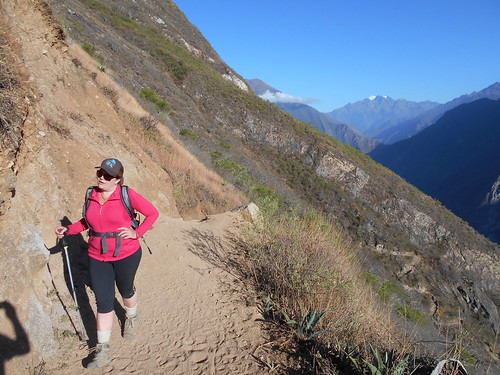
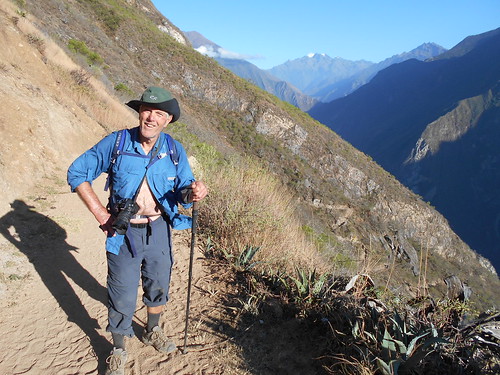
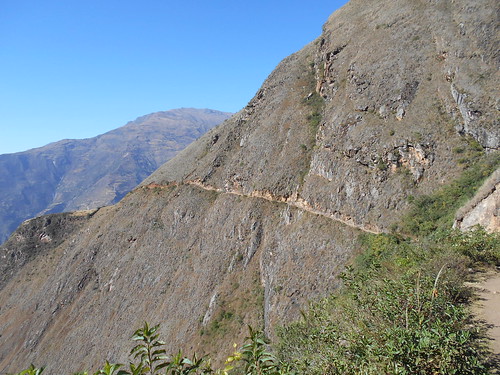
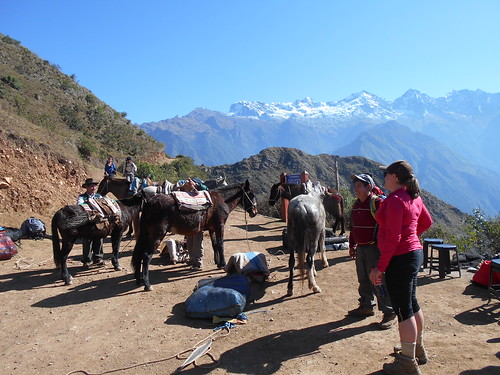
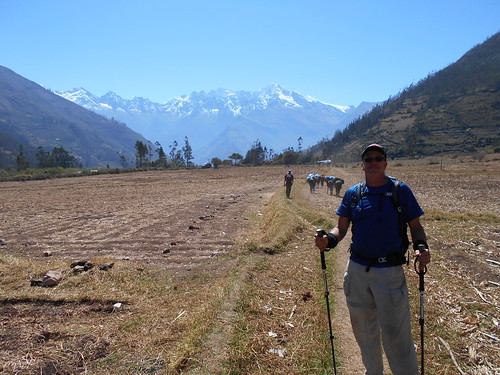

If you're planning on trekking in Peru, be sure to do your research and plan ahead. There are a few things you'll need to take into consideration, such as the time of year you're planning to go and what kind of equipment you'll need. You'll also want to make sure you're prepared for the altitude, as some of the trails can be quite high. But don't let that deter you – the views from the top are worth the effort!
ReplyDeletePeru trekking tours